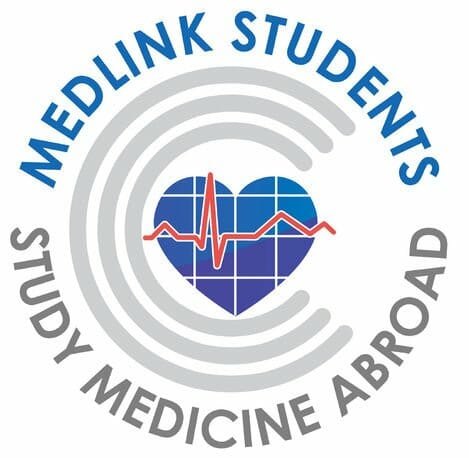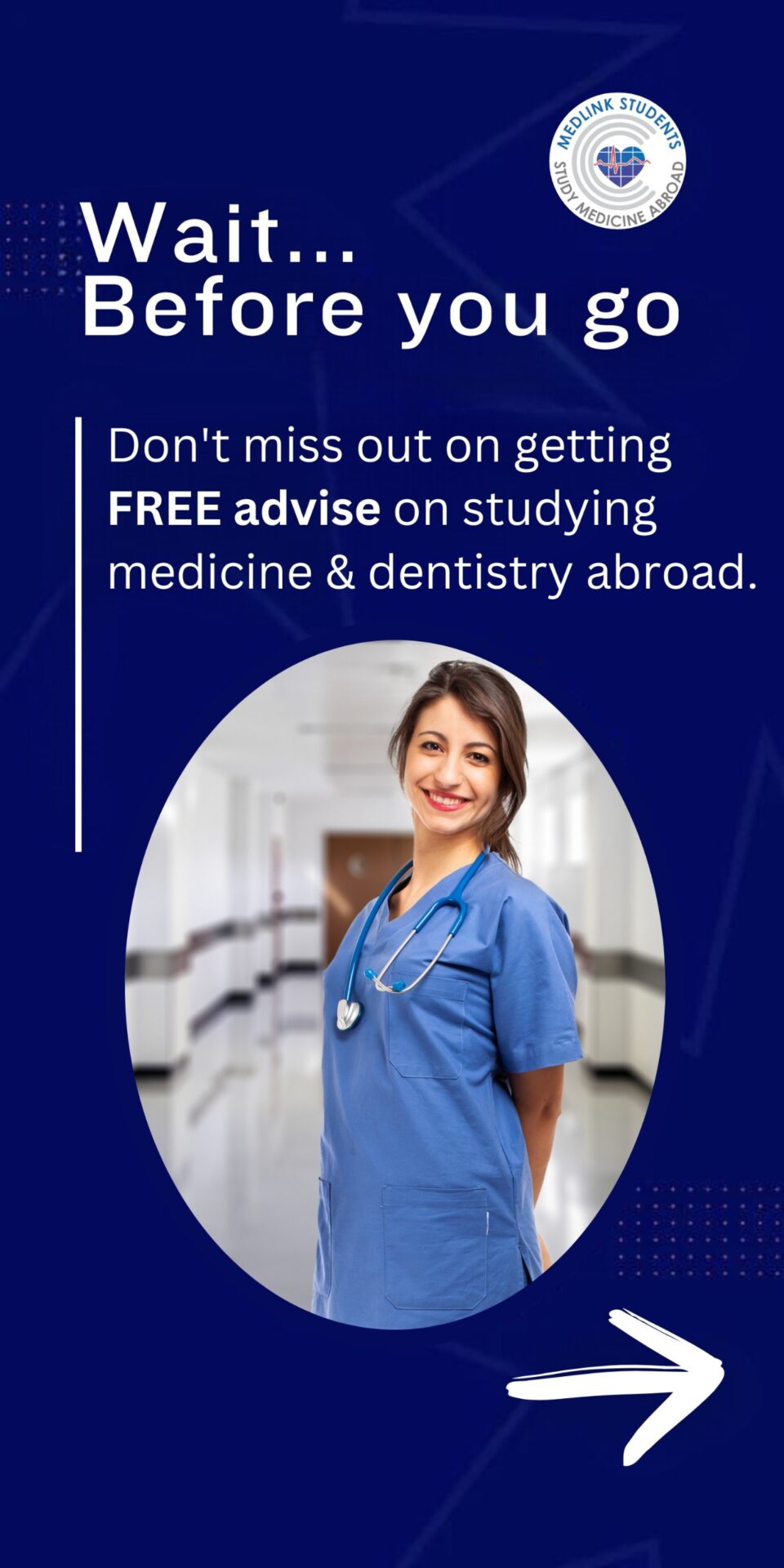Can You Work in Hospitals or Arrange Clinical Rotations While Studying Abroad?
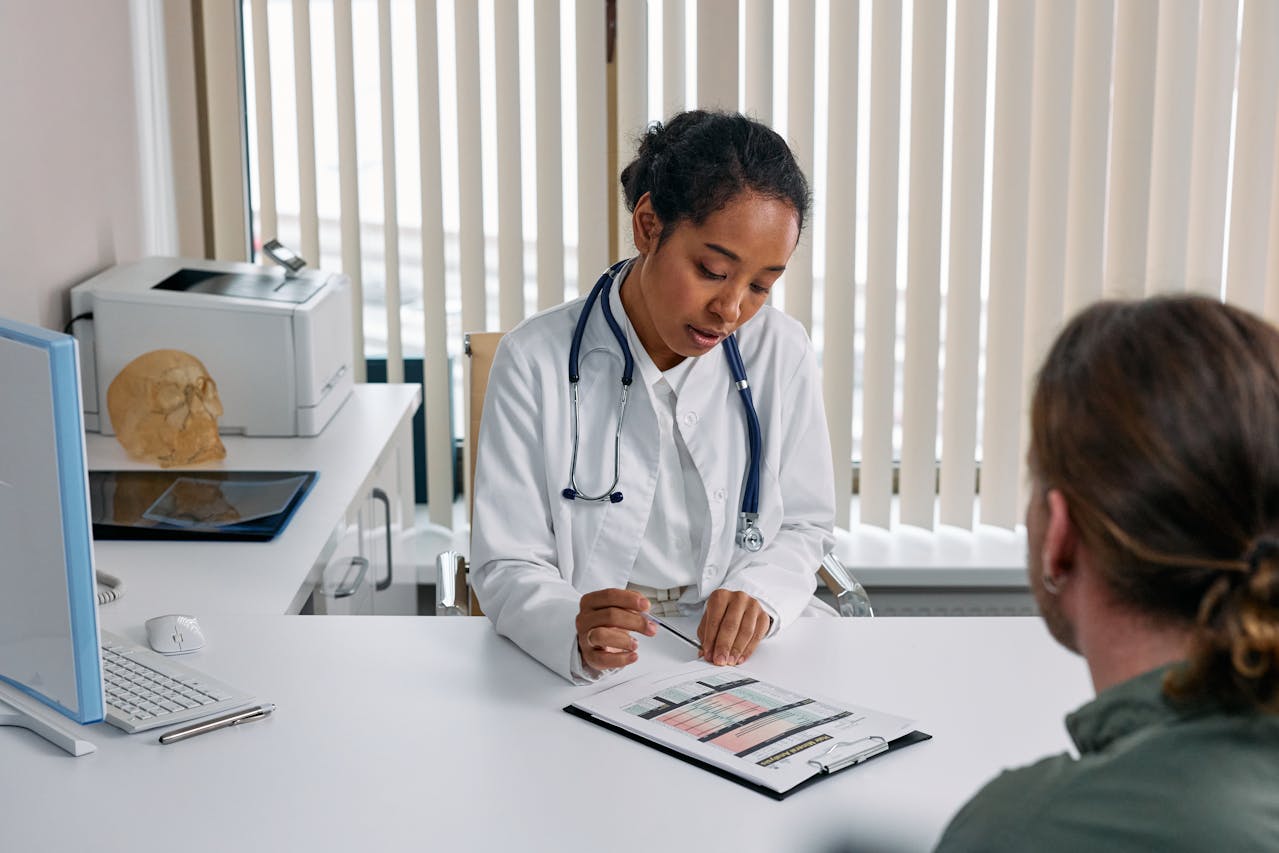

When deciding to study medicine abroad, 1 of the questions that often comes up is, “Can I work in a hospital while studying?” It’s a valid concern, after all, hands-on, clinical experience is a vital part of becoming a doctor.
Another common question we receive during webinars and 1-to-1 consultations is, “How do I even start arranging clinical rotations abroad?”
In this guide, we’ll answer both questions so you can learn how clinical opportunities work when studying medicine abroad and give practical tips on how to make the most of your medical education by arranging meaningful, hands-on training.
The key takeaways from this blog include:
- Most international students cannot legally work paid jobs in hospitals abroad while studying, but shadowing a doctor is usually allowed, depending on your visa
- Clinical rotations are unpaid, supervised clinical placements which are a mandatory part of the curriculum
- Before planning clinical rotations abroad, you need to ensure that the practical training at your host hospital aligns with the requirements of medical school
- Mistakes in the rotation process can delay graduation or licensing
- Medlink Students can guide you through hospital applications and paperwork
Table of Contents
- 1 Can Medical Students Work in Hospitals While Studying Abroad?
- 2 How to Arrange Clinical Rotations Abroad: A Step-by-Step Guide
- 3 How To Properly Prepare and Submit Your Application for Clinical Rotations Abroad
- 4 Our Tips to Make the Most of Your Clinical Experience Abroad
- 5 Why This Matters to You
- 6 Get the Support You Need with the Student Success Programme
- 7 FAQ
- 7.1 Can international medical students work in hospitals abroad?
- 7.2 What’s the difference between a hospital job and a clinical rotation?
- 7.3 Are clinical rotations mandatory when studying medicine abroad?
- 7.4 Can I do my clinical rotations in my home country?
- 7.5 How do I find hospitals abroad that accept international students for rotations?
- 7.6 What documents do I need to apply for a clinical rotation abroad?
- 7.7 Can I arrange clinical rotations in the UK or the US while studying in Europe?
- 7.8 How does the Student Success Programme help with clinical rotations?
Can Medical Students Work in Hospitals While Studying Abroad?
First, let’s clear up a common misconception. When students ask if they can “work” in a hospital abroad, they often mean 1 of 2 things - either working a paid job as a hospital employee or gaining hands-on clinical experience as part of their medical studies.
As far as paid work in hospitals goes, most countries don’t allow international medical students to find paid employment as hospital staff due to legal, visa, or insurance limitations.
However, that doesn’t mean you can’t get real-world experience. In fact, clinical training is a mandatory part of studying medicine.
Where clinical rotations fit in
Many European medical universities incorporate clinical rotations into the later years of their curriculum. You’ll get the chance to learn from doctors directly, interact with patients, and perform basic medical tasks, all under supervision.
Even better? Some universities offer the flexibility to complete your rotations in different countries, including the UK, the US, or your home country, so you can plan your experience to match your future career goals.
For example, the University of Health Sciences Antigua (UHSA) in the Caribbean allows flexible planning of clinical rotations through the Medical Students Without Borders initiative. This means that you can carry out your practical rotations in the 30+ university-affiliated hospitals (including prestigious hospitals like The Queen Elizabeth Hospital King's Lynn in the UK) or you can plan your clinical training in a country of your choice, even in your home country.
Another great example is the Medical University of Bialystok in Poland, which is partnered with the Hope Medical Institute in America to provide US-based clinical rotations. For more university recommendations suitable for students looking to become doctors in the US, feel free to read our blog The Top Medical Schools in Europe for Americans.
However, it’s important to keep in mind that clinical rotations are not part-time jobs. They are unpaid educational experiences that are necessary for building the skills and confidence you'll need as a future doctor.
What about internships?
Another term that often causes confusion is “internship.” This word can mean very different things, depending on where you study or where you plan to do your clinical training.
In some European medical programmes, an internship is the final stage of your degree, during which you work full-time in hospitals under supervision (essentially full-time clinical rotations).
While in other countries, especially in the UK or the US, the word “intern” refers to a qualified doctor’s 1st year of paid work after graduation. AKA, Foundation Year 1 (FY1) in the UK, or Postgraduate Year 1 (PGY1) in the US. In these systems, medical students cannot become interns until they’ve officially earned their medical degree and started postgraduate training.
But can I shadow a doctor while studying abroad?
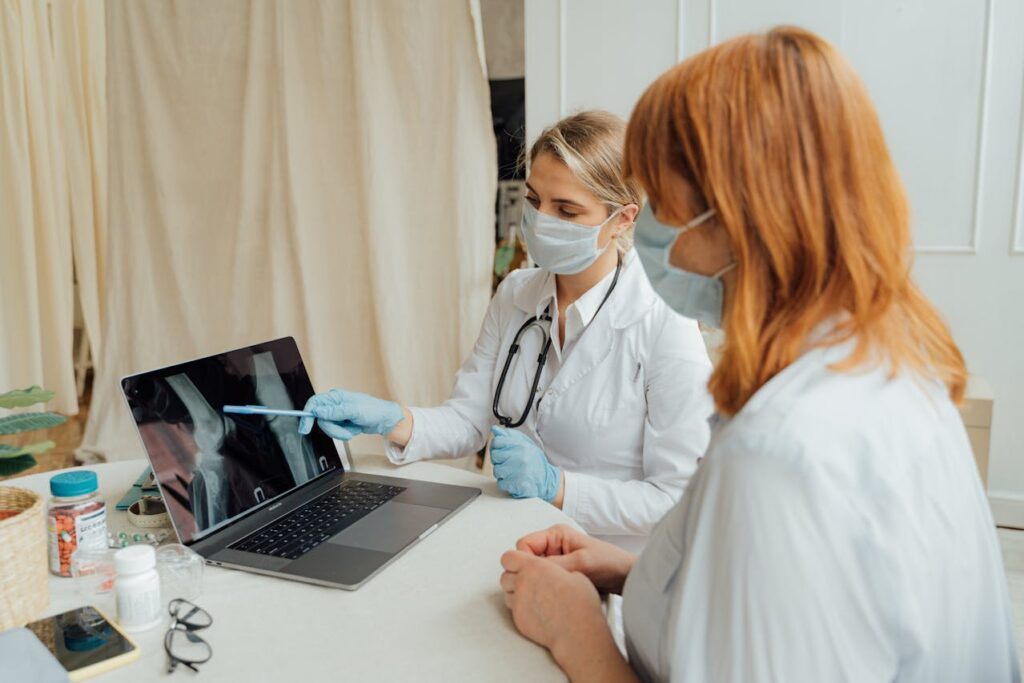

If you’re looking for a little extra hospital experience beyond your formal clinical rotations, then shadowing a doctor can be your best bet.
Shadowing means observing a practising physician during their day-to-day work. You’re not actively treating patients, making decisions, or performing procedures. You’re simply there to learn by watching. It’s a low-pressure way to gain valuable clinical exposure and understand how real-world medicine is practised.
Many students arrange shadowing during term breaks, summer holidays, or even in while they’re home in their home country. It’s especially useful if you're hoping to gain insight into a specific speciality or healthcare system that you don’t get to explore during your university placements.
However, you need to keep in mind that shadowing is typically unpaid, informal and subject to visa laws. Additionally, hospitals may require official permission and a confidentiality agreement. But oftentimes, just finding a willing doctor to shadow is enough to get you started.
It goes without saying that you should still treat shadowing like a serious learning opportunity. Show up on time, dress professionally, and prepare questions in advance. Despite their busy schedules, doctors are often happy to share their knowledge with students who show genuine interest and respect for the clinical environment.
How to Arrange Clinical Rotations Abroad: A Step-by-Step Guide
Each university has its own guidelines regarding where and how you can complete clinical rotations. More often than not, you will have local clinical training, but some medical schools are more flexible than others.
First, you need to start by knowing what’s allowed:
- Speak with your university’s international office or clinical coordinator to check if you’re allowed to plan your own clinical rotations.
- Check your visa regulations, work limitations, and local laws of the destination you have in mind.
- Ask Medlink Students for help, we have years of experience guiding students through this process.(Please note that we cannot offer assistance to students who are already enrolled in a university and haven’t applied through Medlink Students)
Every medical programme has specific requirements for rotations, such as a minimum number of weeks in each speciality (e.g., internal medicine, surgery, paediatrics), and your university may have pre-approved hospitals or international partnerships you’re expected to use. Failing to follow the proper channels could result in your rotation not counting toward your degree, something no student wants to find out after the fact.
This is why your 1st conversation should be with a student advisor or your university’s clinical or academic coordinator. They can walk you through your options and let you know what documentation you’ll need, such as a “letter of good standing” or proof of language proficiency. From there, you can start exploring where you want to go.
Finding the right hospital or clinic
Once you have your university’s blessing, it’s time to find a hospital or clinic that aligns with your goals. Start by asking yourself what kind of experience you’re looking for. Are you aiming to get exposure to a healthcare system you plan to work in? Do you want to experience a high-pressure teaching hospital or a more laid-back environment in a smaller clinic?
Some students choose placements in their home country to gain experience and build local references. Others seek out hospitals in countries like the UK or the US to prepare for exams like the UKMLA or the USMLE. Wherever you go, make sure the hospital is open to hosting international medical students, and that your university will recognise the experience.
Hospitals that regularly host medical students often have application guidelines posted on their websites, including deadlines and required materials. If not, it’s perfectly fine to just email their education or HR department directly with a polite inquiry. Just be clear that you’re a medical student seeking an unpaid clinical placement for educational purposes and not a job.
Students who enrol in medical school through Medlink Students receive full support from our expert admissions team when planning their clinical rotations abroad. We guide each student in finding the ideal hospital placement regardless of location, and we work closely with trusted partner agencies that specialise in arranging clinical rotations in both the UK and the US.
If you want to learn more, we’ve written a couple of informative blogs on organising clinical rotations and electives:
How to Organise an Elective in the UK as an Overseas Trained Student
Don't Miss Out on Medical Electives in the USA, UK, or Online
Or you can just sign up for a free consultation with one of our academic advisors.
How To Properly Prepare and Submit Your Application for Clinical Rotations Abroad
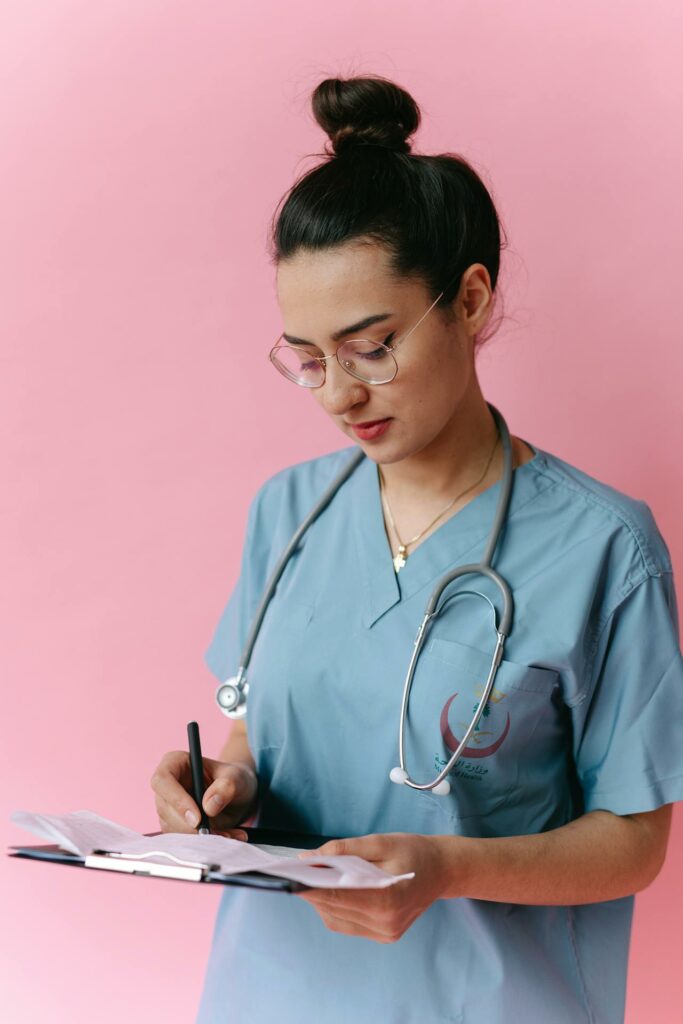

Most hospitals will expect a formal application, and this is your opportunity to demonstrate professionalism. At a minimum, you’ll likely need to provide:
- A CV that highlights your medical education and any relevant clinical or volunteer experience
- A cover letter or motivation statement explaining why you want to train at that particular hospital
- Documentation from your university verifying your status and good academic standing
- Occasionally, proof of immunisations, health insurance, or language ability
- Proven language proficiency in the local language.
Also, keep in mind that your university will want to verify that your clinical rotations fulfil all educational requirements and will require proper documentation to recognise your experience.
Our Tips to Make the Most of Your Clinical Experience Abroad
No matter where in the world you’re training, what you get out of your clinical placement depends not just on the hospital or your supervisor, but on you. This is your opportunity to go beyond textbooks and lectures, since you’re not just studying medicine anymore - you’re starting to practise it and live it.
1st on your list to maximise your experience should be to:
Prepare ahead
Once you’ve been accepted, it’s time to organise the practical details, including arranging temporary housing near the hospital, travel and medical insurance, transport, and any necessary visas or documentation. Planning these logistics early will help ensure you can focus on your learning once you’re there.
Additionally, prepare mentally and academically by researching the healthcare system of the country you’ll be in and reviewing common cases. Also, be sure to clarify expectations with your host hospital, including whether you’ll be observing or participating, the dress code, and any required pre-clinical training.
Be more than a bystander
Let your supervisors know that you’re keen to learn. In many cases, doctors are more than happy to teach students who show genuine interest, but they’re not mind readers. It’s okay to say, “Would it be alright if I try this under your supervision?” or “Could you walk me through what you're doing here?”
The students who benefit most from clinical rotations are the ones who treat them like one last rehearsal for real-world practice. Even if you're not the one leading a case, think about it as if you are. Stand close to the patient, observe and ask thoughtful questions at the right time.
Stay professional and punctual
First impressions count, especially in a clinical setting. Treat your placement like a job interview that lasts several weeks or months. That means showing up early, dressing appropriately, and respecting the chain of command.
Use formal titles when addressing consultants, unless told otherwise. Be polite to nursing staff, admin teams, and cleaning personnel, as they’re all part of the healthcare ecosystem, and they often notice which students are respectful and hardworking.
Be curious, but not clueless
You’re not expected to know everything. In fact, the entire point of a clinical rotation is to learn. But showing curiosity, doing background reading, and reflecting on what you see will go a long way.
Let’s say you see a patient with liver failure. When you get home that evening, don’t just move on. Look up the condition, review the guidelines, and ask yourself:
- What were the key symptoms?
- What labs confirmed the diagnosis?
- How did the team manage it?
Then, come in the next day prepared to discuss it. Supervisors notice students who make the effort.
Ask for feedback and reflect
Don't wait until the end of your placement to ask how you're doing. Regular feedback helps you improve on the go and shows your supervisors that you're committed to becoming a good doctor. It also gives you a chance to correct any misunderstandings early on.
After your rotation, reflect on what you learned, not just clinically, but personally. What did you enjoy? What challenged you? Did the experience change your career goals?
This retrospective will help you write stronger applications for future opportunities and perform better in interviews, where interpersonal skills, insight and self-awareness can matter just as much as knowledge and prowess.
Why This Matters to You
Arranging clinical rotations isn’t just about ticking a box. It’s about building the foundation for your medical career. Get it right, and you’ll graduate with meaningful, hands-on experience that sets you apart. But get it wrong and you could face serious setbacks.
We’ve seen it happen:
- Students who organised rotations on their own, only to find out later that their university didn’t approve them
- Students who missed key deadlines, got rejected by hospitals, or never even received a reply
- Students who lacked documentation and had their placements cancelled at the last minute
Unfortunately, these aren’t rare cases, and they all lead to some serious repercussions. But here’s the good news: you don’t have to figure it all out alone.
Get the Support You Need with the Student Success Programme
That’s exactly why we created the Student Success Programme (SSP) - to make sure your medical journey abroad is smooth, structured, and strategically aligned with your future goals.
Through SSP, you’ll receive:
- Guidance on how to properly arrange your clinical rotations, including hospital applications and documentation support
- A dedicated personal student advisor who knows the ins and outs of your degree and your destination
- Career-focused mentoring, including help with licensing exams, specialisation pathways, and working back home
Whether you need help finding a hospital that accepts international students, navigating the paperwork, or making sure your rotations count toward graduation, we’ve got your back.
Ready to take the stress out of planning your clinical training?
Join the Student Success Programme today and let Medlink Students help you make the right decisions at the right time, for your future.
FAQ
Can international medical students work in hospitals abroad?
Not as paid staff, due to visa and legal restrictions. However, students can gain hands-on clinical experience through approved clinical rotations.
For extra clinical insight during your studies, you can consider shadowing a doctor.
What’s the difference between a hospital job and a clinical rotation?
A hospital job is paid employment, which is typically not allowed for international students. A clinical rotation is an unpaid, supervised educational placement required for your degree.
Are clinical rotations mandatory when studying medicine abroad?
Yes, they’re a core part of your medical curriculum. Most universities include them in the later years of the programme to give students practical training.
Can I do my clinical rotations in my home country?
Yes, some universities allow students to carry out their clinical rotations in their home country. However, you must follow official procedures and get approval to ensure the rotation is recognised by your school.
How do I find hospitals abroad that accept international students for rotations?
Start with your university’s approved list or partnerships. You can also contact hospitals directly, or get help from Medlink Students to simplify the process.
What documents do I need to apply for a clinical rotation abroad?
Typically, this includes a tailored CV, a motivation letter, a letter of good standing, proof of immunisations, and sometimes language certification or insurance documents.
Can I arrange clinical rotations in the UK or the US while studying in Europe?
Yes, many students do. But it requires early planning, strong documentation, and sometimes meeting local health and academic standards.
How does the Student Success Programme help with clinical rotations?
The SSP offers expert guidance in arranging approved clinical placements, from paperwork to hospital applications, ensuring your rotation is stress-free and recognised by your medical school.
Leave a Reply
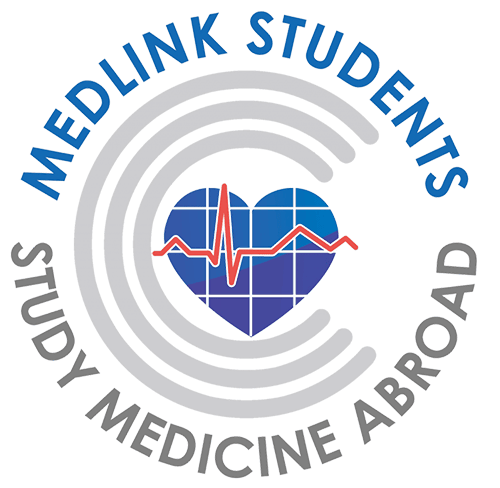

About Medlink Students
Leading international recruitment company for medical students in Europe. British Council Certified Agents. 10+ years of experience and more than 10,000 students advised.
